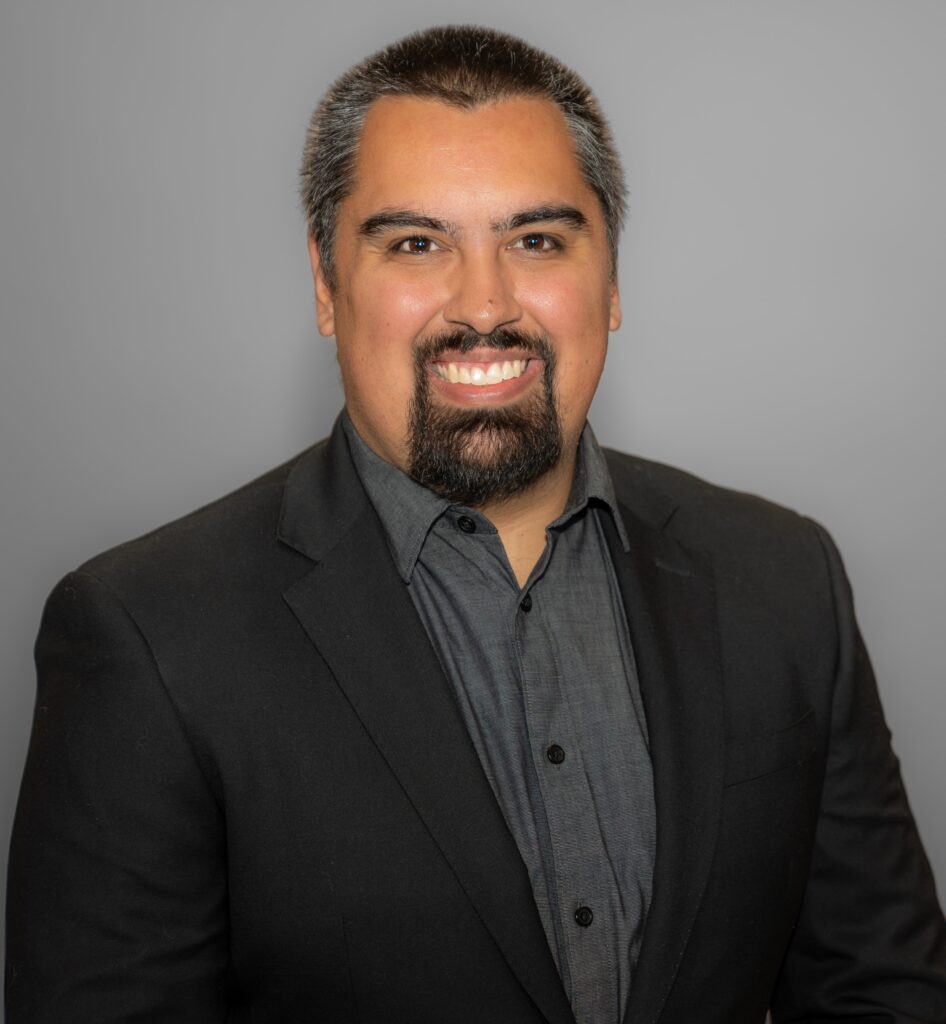Get to Know OC COE’s Newly-Hired Assistant Director, Jacob Poore

The OC COE created a brand-new position, Assistant Director, which was recently filled by its very own Mr. Jacob Poore, previously the OC COE’s Research Analyst. We sat down with Jacob to get to know him a bit and learn his thoughts about his new role.
What interested you in the OC COE Assistant Director position?
I was the OC COE Research Analyst for four years, served as Interim Director for six months in 2021, and have learned so much about labor market information, career education, and the OC Region. I want to continue building on that work in an increased capacity, and the Assistant Director position was the perfect fit, especially after I got a better understanding and more insight into managing the OC COE during my time as Interim Director.
What are you looking forward to most in your new role?
Most immediately, I am excited that the OC COE team is expanding and look forward to hiring a new research analyst. More broadly, I am looking forward to engaging with the OC region at a deeper level by being even more involved in strategic planning and continuing to develop research that will have an impact on career education programs and students throughout the region.
What’s your favorite OC COE report/presentation/study that you’ve worked on and why?
It’s difficult to choose just one because I have worked on so many great reports during my time with the OC COE. If I had to choose one, it would be Jobs for Recovery, which was finalized and published in Fall 2021 when I was Interim Director. That report required us to create an original methodology to determine which jobs were going to be in-demand and growing in the post-COVID recession economy and how OC community college training programs could help get jobseekers into those jobs. It’s my favorite because it was timely, actionable, and it provides a base report that we can build on and expand to better understand the post-COVID recession labor market and how community colleges can respond to labor market needs. We are working on a refresh of this report and will be able to use it as a launchpad for other upcoming projects – stay tuned!
What was the most challenging OC COE report/presentation/study that you’ve worked on and why?
Each project comes with its challenges, but I think the most difficult was Orange County Sector Analysis Project (OCSAP) – both the original version and the refresh the OC COE completed during my time as Interim Director. OCSAP was originally completed in 2019 and was the first major study the OC COE conducted. It involved analyzing traditional labor market supply and demand data for OC’s eight priority sectors, conducting focus groups, analyzing the quantitative and qualitative data to identify top middle-skill jobs and most potential opportunity jobs and creating reports and profiles for each sector. We then presented the findings at numerous events.
While I was Interim Director, I refreshed the labor market data and published an updated version of OCSAP, which was a different challenge because of the rapid changes in the labor market due to COVID-19 that affected the criteria for top middle-skill jobs. OCSAP continues to be a great resource for OC community colleges and I am so proud to have worked on such a significant project.
What do you think are the important issues impacting the OC COE and/or the Orange County region?
I think one of the biggest issues is declining enrollment – but I also think it presents a great opportunity for the OC COE and OC Region to think about strategies that can improve student retention and, ultimately, student outcomes. I spend a lot of time looking at data from LaunchBoard for the OC COE’s labor market analysis for program recommendation reports and have noticed big discrepancies between the number of students taking courses and those that actually earn an award. It would be interesting to better understand the reasons students are not completing and to create strategies to address those reasons. Depending on the program, I also see gaps between student wages and the wages reported in the labor market information. Analyzing this data r to see why these discrepancies exist and understanding what kind of nuances aren’t captured in the aggregated data could identify areas for further research to help improve student outcomes. These are big questions and issues, but I think the OC COE can help address these areas, especially as we expand our team to further serve the OC Region.
